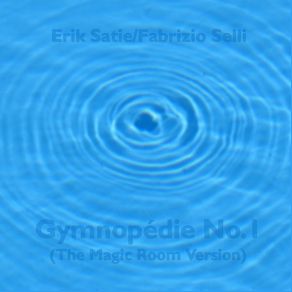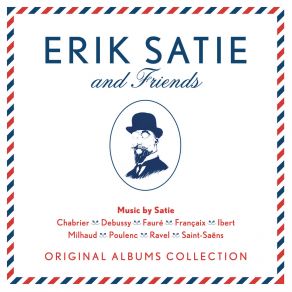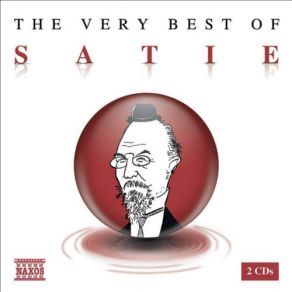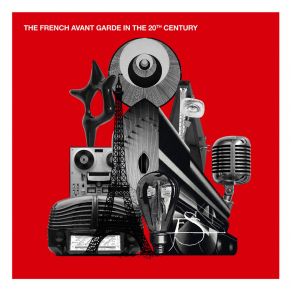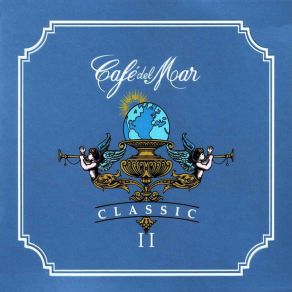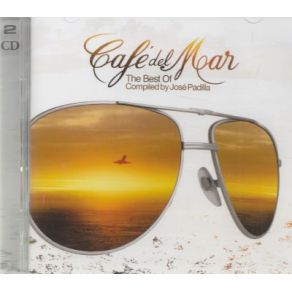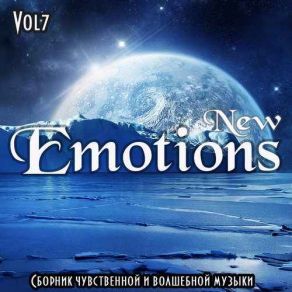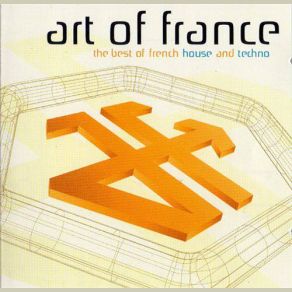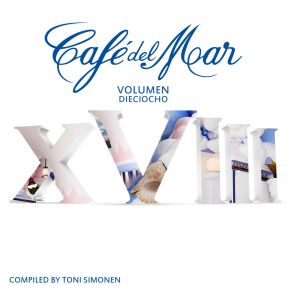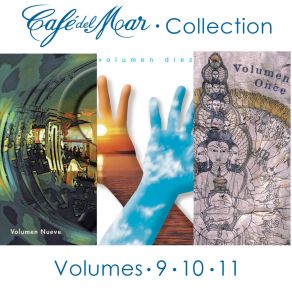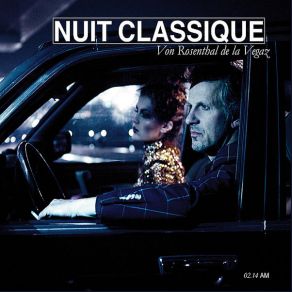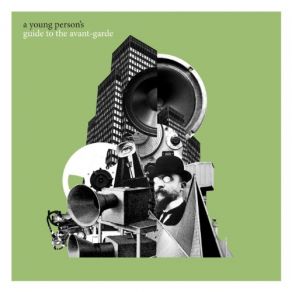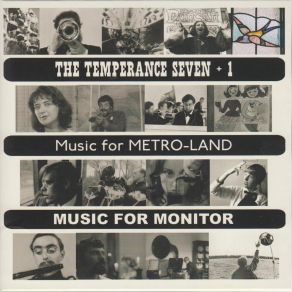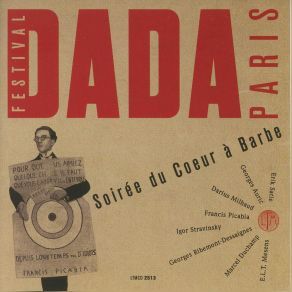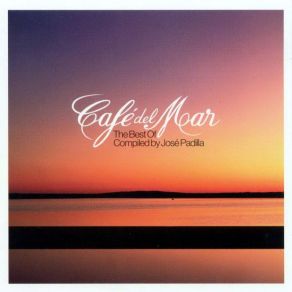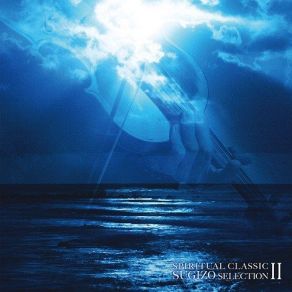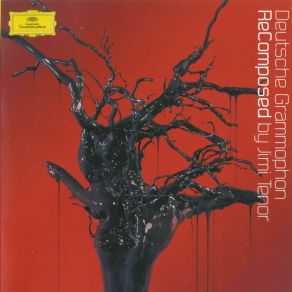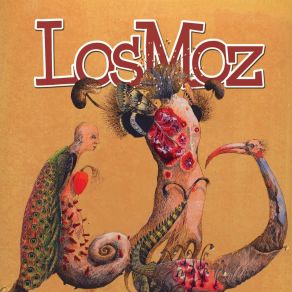Erik Satie
Wikimp3 information about the music of Erik Satie. On our website we have 70 albums and 70 collections of artist Erik Satie. You can find useful information and download songs of this artist. We also know that Erik Satie represents Instrumental genres.
Biography
[Edit]Satie's music, in sound and aesthetics, was fundamentally different from the prevailing 19th century German school that prized ideals of continuity and development. It is music as sound per se (Musique D'ameublement, i.e., "Furniture Music" or "Music for Furnishing," 1920). In Musiques Intimes et Secretes ("Intimate and Secret Music") and the famous "Vexations" (from Pages Mystiques, 1892-1895), Satie describes the conceptual nature of human mental activity and then requires the performers to experience and scrutinize, simultaneously, the exact moments of shifting psychological states. "Vexations" is a short musical passage of neutral feeling (augmented and diminished chords) repeated 840 times very slowly. Satie emphasizes natural and spontaneous mentation apart from "ideas" in The Dreaming Fish, Heures Séculaires et Instantanées ("Ordinary and Snapshot Times"), and Véritables Préludes Flasquers: Pour un Chien ("Authentic Flabby Preludes: For a Dog"). Ironic titles and commentaries poke fun at pomposity, as in Le Duc de Connaught et le President aux Manoeuvers ("The Duke of Connaught and the President on Maneuver") and Enfantines ("Infantile Pieces," 1913, which go by such titles as "The Bean-King's War Chant"; "Importune Peccadillos, I"; "Being Jealous of His Comrade with the Big Head, II"; "Him Eat His Cookie, III"; and "Taking Advantage of His Corns to Steal His Hoop"). Satie's religious feeling was of a mystical, pre-clerical kind, expressed in works such as Première Pensée Rose + Croix ("First Rosey Thought + Cross," 1891, French word play on "Rosicrucians"); the beautiful and compassionate Messe des Pauvres ("Mass for the Poor," 1893-1895); and the moving Socrate (1918) on the death of Socrates based on texts by Plato. Satie invented many musical techniques: the use of whole-tone scales, chords built in fourths, pattern melodies, unresolved "dissonances" used for their value as sounds, "open" large forms without contrasting or developing sections, and others. Perhaps more important, he was the first conceptual composer. ~ "Blue" Gene Tyranny, Rovi
Title: 3 Gymnopédies For Meditation / 3 Gymnopedies For Meditation
Artist: Erik Satie
Genre: Electronica
Title: Erik Satie - Complete Piano Works - Volume 6 (CD2)
Artist: Erik Satie, Bojan Gorišek / Bojan Gorisek
Genre: Classical
Title: ジムノペディ - Single / jimunopedi - Single
Artist: Erik Satie
Genre: New Age, Instrumental, Instrumental
Title: ジムノペディ No. 1 - Single / jimunopedi No. 1 - Single
Artist: Erik Satie
Genre: New Age, Instrumental, Instrumental
Title: Gnossiennes: No. 3. Lent (feat. Andres Vela Segovia) - Single
Artist: Erik Satie
Genre: Instrumental, Classical, Instrumental
Title: La mer est pleine d'eau, c'est a n'y rien comprendre - Single
Artist: Erik Satie, Javier Abrego
Genre: Instrumental, Classical, Instrumental
Title: Erik Satie - Complete Piano Works Volume 2
Artist: Erik Satie, Bojan Gorišek / Bojan Gorisek
Genre: Classical
Title: Erik Satie - Complete Piano Works Volume 8
Artist: Erik Satie, Bojan Gorišek / Bojan Gorisek
Genre: Classical
Title: Erik Satie - Complete Piano Works Volume 3
Artist: Erik Satie, Bojan Gorišek / Bojan Gorisek
Genre: Classical
Title: Erik Satie - Complete Piano Works Volume 7
Artist: Erik Satie, Bojan Gorišek / Bojan Gorisek
Genre: Classical
Title: Erik Satie - Complete Piano Works Volume 5 (CD1)
Artist: Erik Satie, Bojan Gorišek / Bojan Gorisek
Genre: Classical
Title: Erik Satie - Complete Piano Works - Volume 6 (CD1)
Artist: Erik Satie, Bojan Gorišek / Bojan Gorisek
Genre: Classical
Title: Erik Satie - Complete Piano Works Volume 5 (CD2)
Artist: Erik Satie, Bojan Gorišek / Bojan Gorisek
Genre: Classical
Title: Erik Satie - Complete Piano Works Volume 4
Artist: Erik Satie, Bojan Gorišek / Bojan Gorisek
Genre: Classical
Title: Complete Piano Works Volume 10
Artist: Erik Satie, Jane Manning, Bojan Gorišek / Bojan Gorisek
Genre: Classical
Title: Erik Satie - Complete Piano Works Volume 9
Artist: Erik Satie, Jane Manning, Bojan Gorišek / Bojan Gorisek
Genre: Classical
Title: Gnossiennes: No. 1. Lent - Single
Artist: Erik Satie, Andres Vela Segovia
Genre: Instrumental, Classical, Instrumental
Title: Music & Cats (Gatti in musica)
Artist: Traditional, Erik Satie, Gino Paoli, Domenico Modugno, Cappella, Mario Panzeri, Mogol, Maresca, Armando Soricillo, The Ensemble, Jacques Offenbach, Aaron Copland, M. Philippe - Gérard / M. Philippe - Gerard, P. Lee, S. Burke, Rossini G, E. Ferrari, D. Carboni, Vejàn / Vejan, E. Scribe, L. P. Fargue, G. Casarini, A. M. G. Schmidt, R Lagary, Mélesville / Melesville, D. Pozzali, Framario, M. Consiglio, H. Banink, J. Jomenez, Daniela Benori, Enza Ferrari
Genre: Classical
Title: Autumn Classical Music
Artist: Erik Satie, Antonio Vivaldi, Ludwig Van Beethoven, Franz Schubert, Richard Wagner, Claude Debussy, Wolfgang Amadeus Mozart, Franz Liszt, Camille Saint - Saëns / Camille Saint - Saens, Frédéric Chopin / Frederic Chopin, Johann Sebastian Bach, Johannes Brahms, Philip Glass
Genre: Classical
Title: Classical Music by the Chimney
Artist: Erik Satie, Ludwig Van Beethoven, Franz Schubert, Claude Debussy, Wolfgang Amadeus Mozart, Franz Liszt, Camille Saint - Saëns / Camille Saint - Saens, Frédéric Chopin / Frederic Chopin, Robert Schumann, Johann Sebastian Bach, Johannes Brahms, Maurice Ravel
Genre: Classical
Title: Classical Music to Watch the Stars
Artist: Erik Satie, Ludwig Van Beethoven, Franz Schubert, Richard Wagner, Wolfgang Amadeus Mozart, Franz Liszt, Felix Mendelssohn, Camille Saint - Saëns / Camille Saint - Saens, Frédéric Chopin / Frederic Chopin, Robert Schumann, Johann Sebastian Bach, Philip Glass, Maurice Ravel, Musique Classique
Genre: Classical
Title: Satie For Meditation
Artist: Erik Satie, Klára Körmendi / Klara Kormendi, Nicolas Horvath
Genre: Classical
Collections
Title: Walt Disney World Official Album
Genre: Theatre/Soundtrack
Title: A Young Person's Guide to the Avant-Garde
Genre: Electronica
Title: Chilled Piano Soundtrack
Genre: Theatre/Soundtrack
Title: Essential Music for Yoga
Genre: New Age
Title: 출근길에 함께하는 클래식 / chulgeungil-e hamkkehaneun keullaesig
Genre:
Title: The Most Relaxing Classical Music In The Cosmos
Genre:
Title: Universal Sound of Buddha Bar
Genre: Electronica
Title: The French Avant-Garde in the 20th Century
Genre: Electronica, Pop
Title: Classical Solos
Genre: Theatre/Soundtrack
Title: The Girl and Death
Genre: New Age, Theatre/Soundtrack
Title: CAFE DEL MAR - THE LEGEND 2CD'S
Genre:
Title: Cafe Del Mar - Classics
Genre: Classical
Title: Cafe Del Mar - The Best Of (By Jose Padilla) CD1
Genre: Chill Out, Electronica, Dancefloor, Pop, Pop Rock, Dance Pop
Title: Cafe Del Mar - The Best Of (Jose Padilla) CD1
Genre: Ambient, Downtempo, Electronica, Hip Hop/R&B, Jazz, Dancefloor, DJ/Remixes, Pop, Dance Pop
Title: Buddha - Bar VI (Disc 1: Rebirth)
Genre: World Music, Pop
Title: Les 100 Plus Belles Pages Du Piano (CD2)
Genre: Instrumental, Classical
Title: Les 100 Plus Belles Pages Du Piano (CD3)
Genre: Instrumental, Classical
Title: New Emotion Vol. 7 (CD 2)
Title: Relax Cocktail
Genre: Chill Out
Title: Absolute Relax Vol. 2 (CD2)
Title: Massenet Meditation
Genre: World Music
Title: Absolute Winter Relax (CD2)
Title: Dance Music Of World Vol. 21 (CD2)
Genre: Pop
Title: Opus (Limited Ultra Deluxe Edition)
Genre: Ambient, Electronica
Title: Emotions New Vol. 7 (CD2) (Melodies)
Genre: World Music
Title: Cafe Del Mar - The Best Of
Title: Absolute Winter Relax (CD1)
Genre: House
Title: Vip Relax 2014 (CD1)
Genre: Chill Out, New Age, Pop, Instrumental, Lounge
Title: Buddha Bar Best (CD1: Anthology)
Genre: Downtempo, Chill Out, Electronica, Blues, Lounge
Title: Buddha Bar Best Of Lounge - Rare Grooves
Genre: New Age, Electronica, World Music, Lounge
Title: Art Of France (CD2)
Genre: Trance
Title: Winter Piano
Genre: Downtempo, Instrumental, Classical
Title: Smooth Piano Classics
Genre: Classical
Title: 100 Exam Revision Classics (CD1)
Genre: Classical
Title: Relaxing Classics For Concentration And Study (CD1)
Genre: Classical
Title: Best Classics 100, Volume 2
Genre: Classical
Title: Les 100 Plus Belles Pages Du Piano
Genre: Classical
Title: In Classical Mood: Reflections
Genre: Classical
Title: In Classical Mood: Solitude
Genre: Classical
Title: Classical Chillout Gold
Title: Complete Classical Chillout
Genre: Chill Out, Instrumental, Classical, Instrumental
Title: Calming Classics For Study (CD2)
Genre: Pop, Instrumental
Title: Christmas Piano 2015
Title: Mindfulness On The Piano
Genre: Downtempo, Chill Out, Instrumental, Classical, Instrumental
Title: Relaxing Classical Piano Music
Genre: Downtempo, Chill Out, Instrumental, Instrumental
Title: 100 Classical Music For Babies (CD1)
Genre: Classical
Title: Sleep Deep Piano Music
Genre: Downtempo, Chill Out, Instrumental, Instrumental
Title: 100 Best Classic Music (CD2)
Genre: Classical
Title: World Classical 2016 (CD2)
Genre: Instrumental, Classical
Title: Piano Relajante
Genre: Chill Out, Instrumental, Classical, Instrumental
Featuring albums
Title: Café del Mar, Vol. 18 / Cafe del Mar, Vol. 18
Artist: Café Del Mar / Cafe Del Mar
Genre: Electronica
Title: Méditation Kora & Alto / Meditation Kora & Alto
Artist: Jacques Burtin, Michel Michalakakos
Genre: Chill Out, New Age, World Music, Pop
Title: Impressionen - Musik der Jahrhundertwende um 1900
Artist: Thomas Königs / Thomas Konigs
Genre: Instrumental
Title: A Young Person's Guide to the Avant-Garde
Artist: Various Artists
Genre: Electronica, Dancefloor
Title: Buddha - Bar VI (Disc 1: Rebirth)
Artist: Ravin
Genre: Downtempo, Electronica, House, Deep House, Tribal House, Jazz, World Music, Pop
Title: Musik Zum Entspannen Und Träumen / Musik Zum Entspannen Und Traumen
Artist: The Meditations
Genre: Pop
Title: Piano Beauty, Vol. 1 (3 Hours Of Relaxing Piano Music)
Artist: Piano Love Songs
Genre: Classical
Title: Piano Beauty, Vol. 2 (3 More Hours Of Relaxing Piano Music)
Artist: Piano Love Songs
Genre: Instrumental, Classical
Title: Deutsche Grammophon (ReComposed By Jimi Tenor)
Artist: Jimi Tenor
Genre: Classical, Contemporary Folk
Title: Lunar Conquest Suite / Resistance Rising
Artist: Alligator Spacewalk
Genre: Electronica, Experimental, IDM
Title: The Spanish & Classical Guitar Collection
Artist: The Six String Collective
Genre: Dancefloor, Dance Pop

































